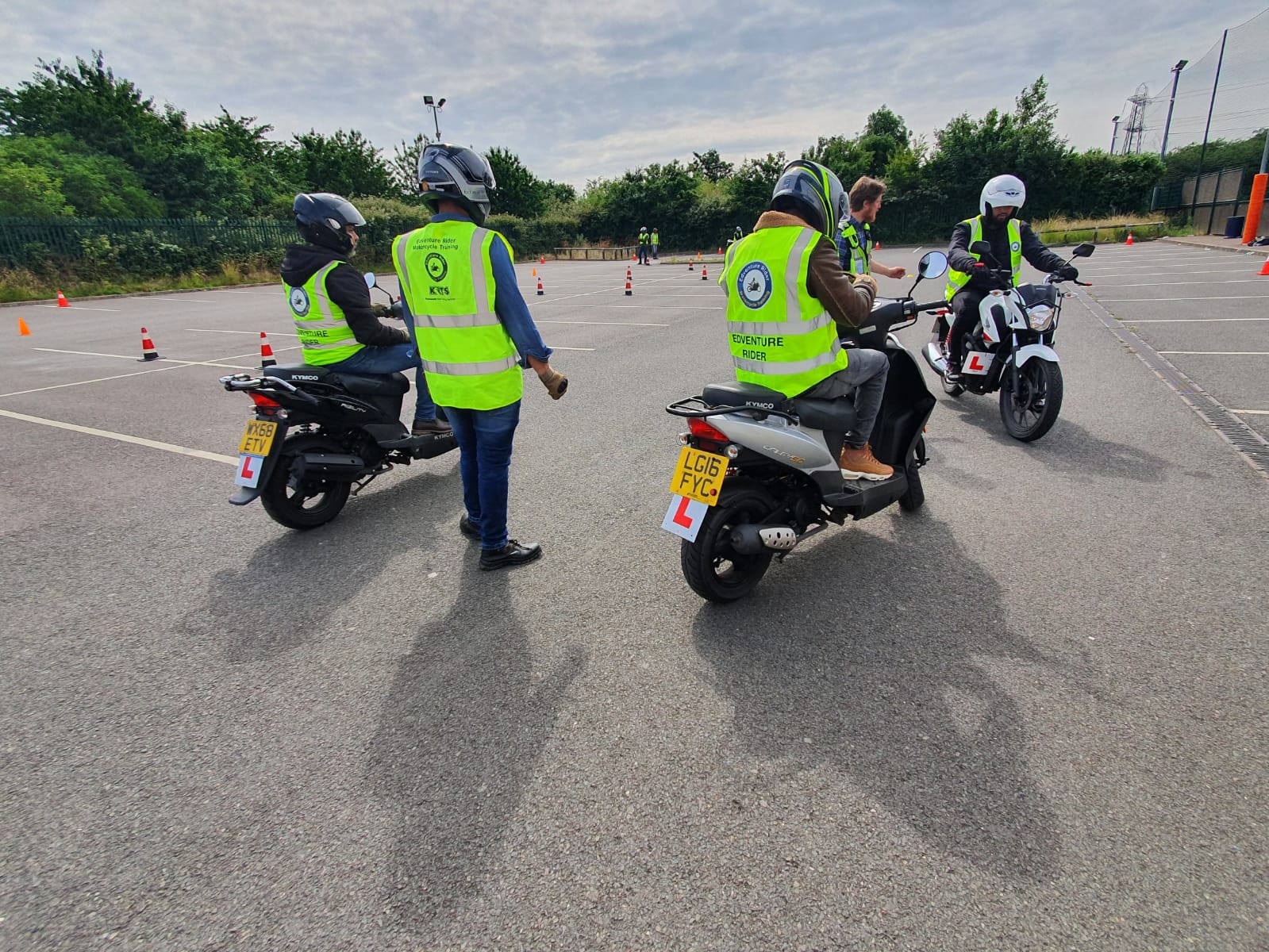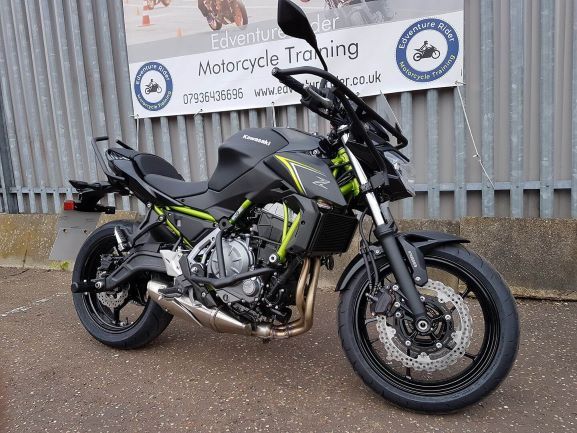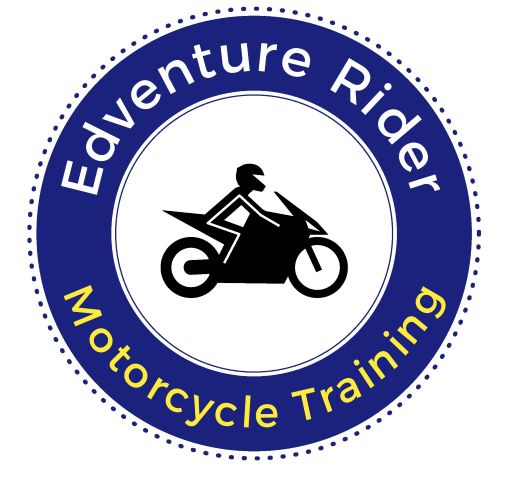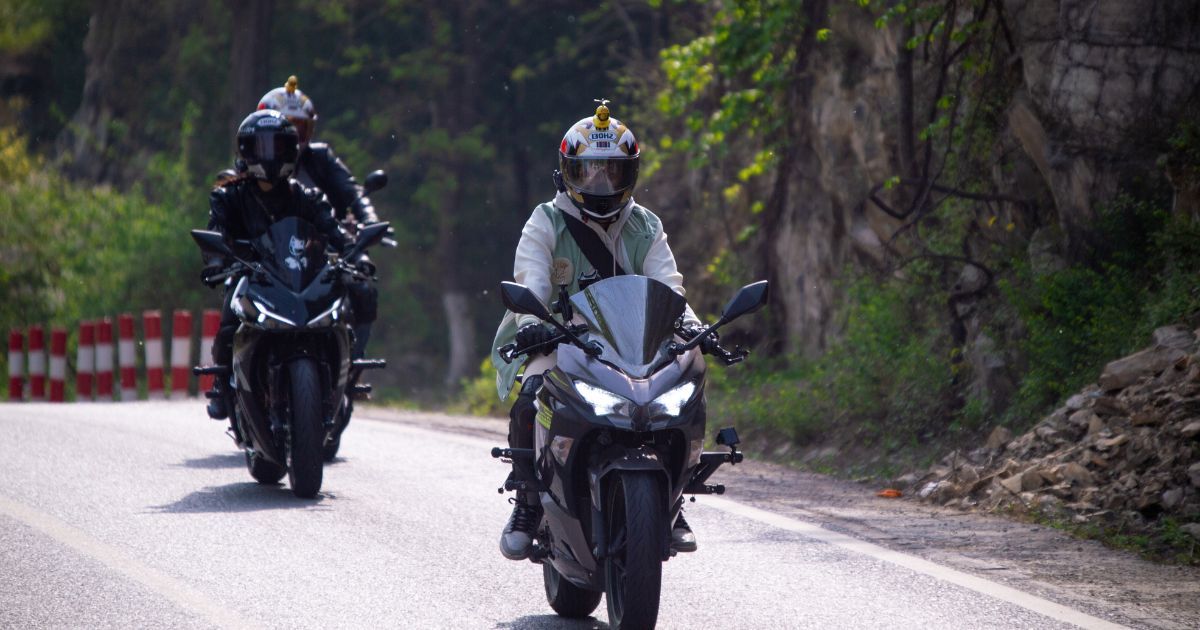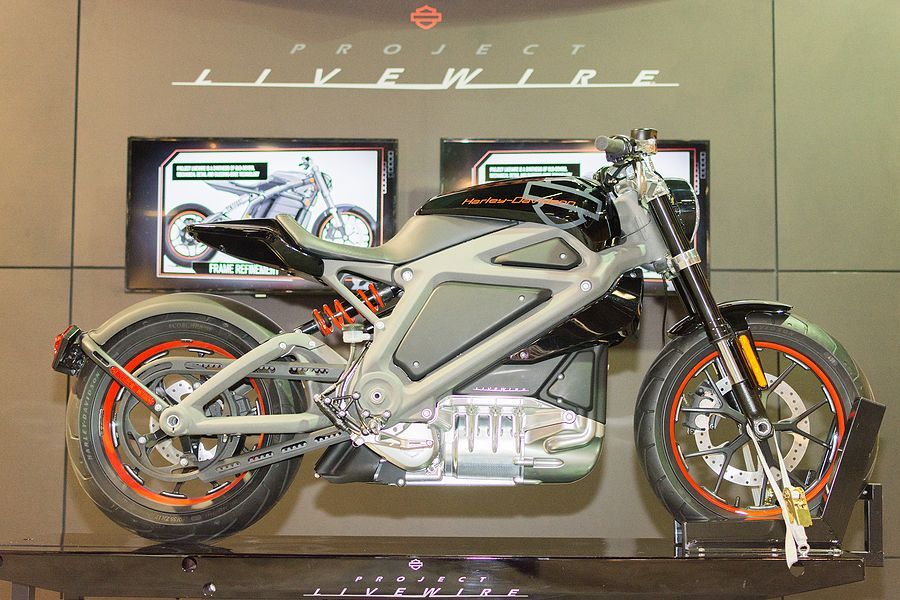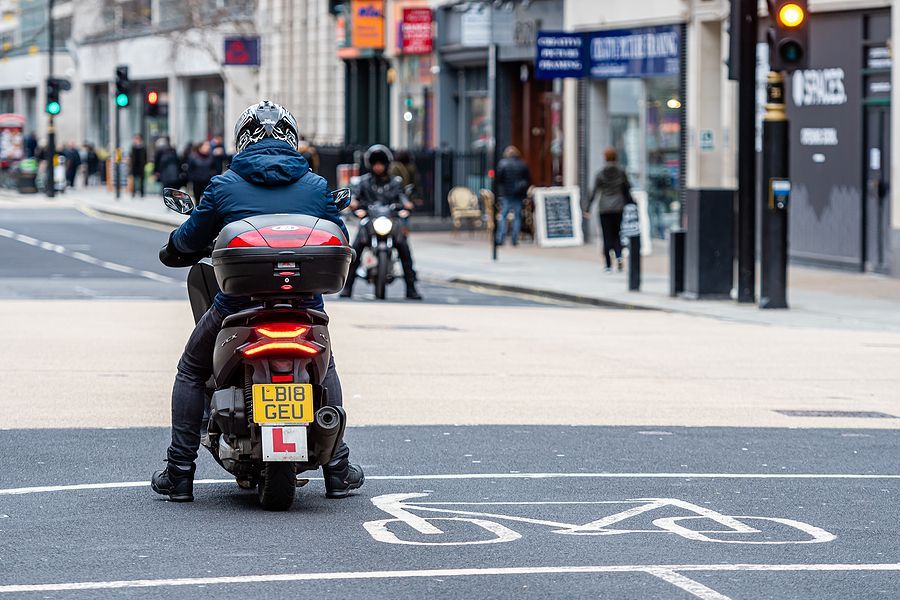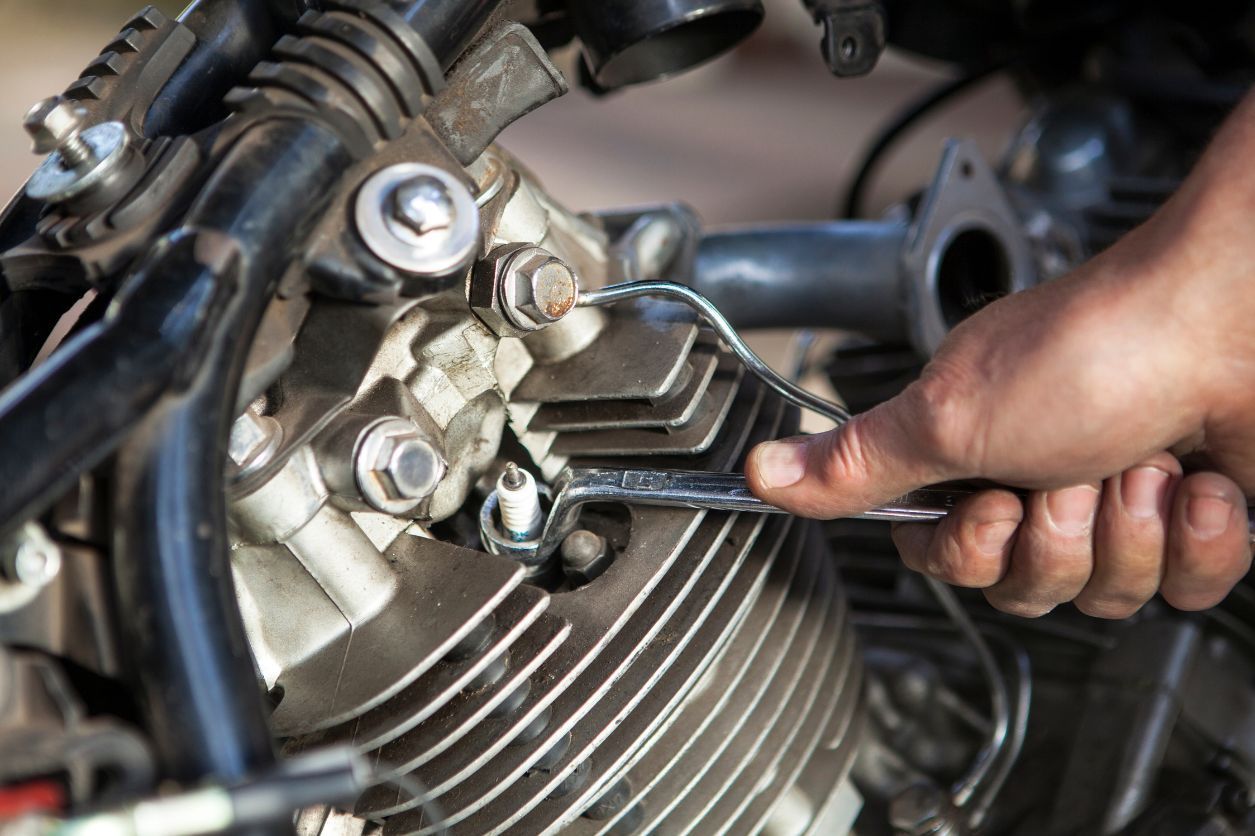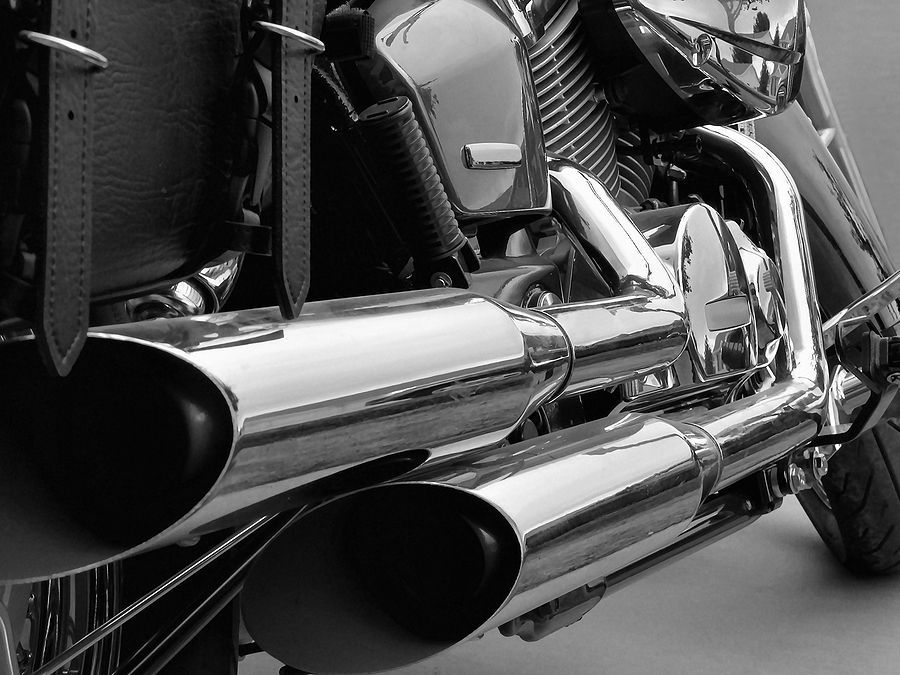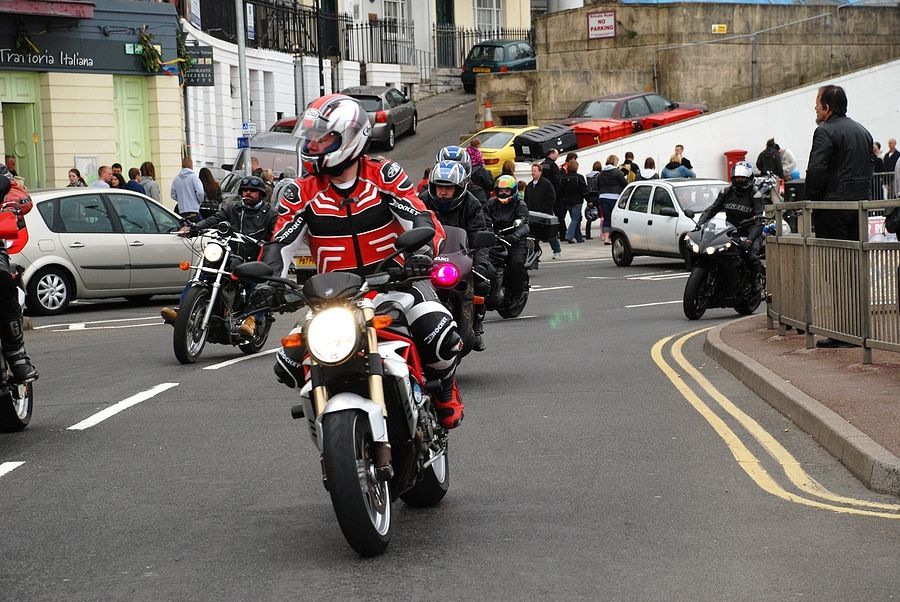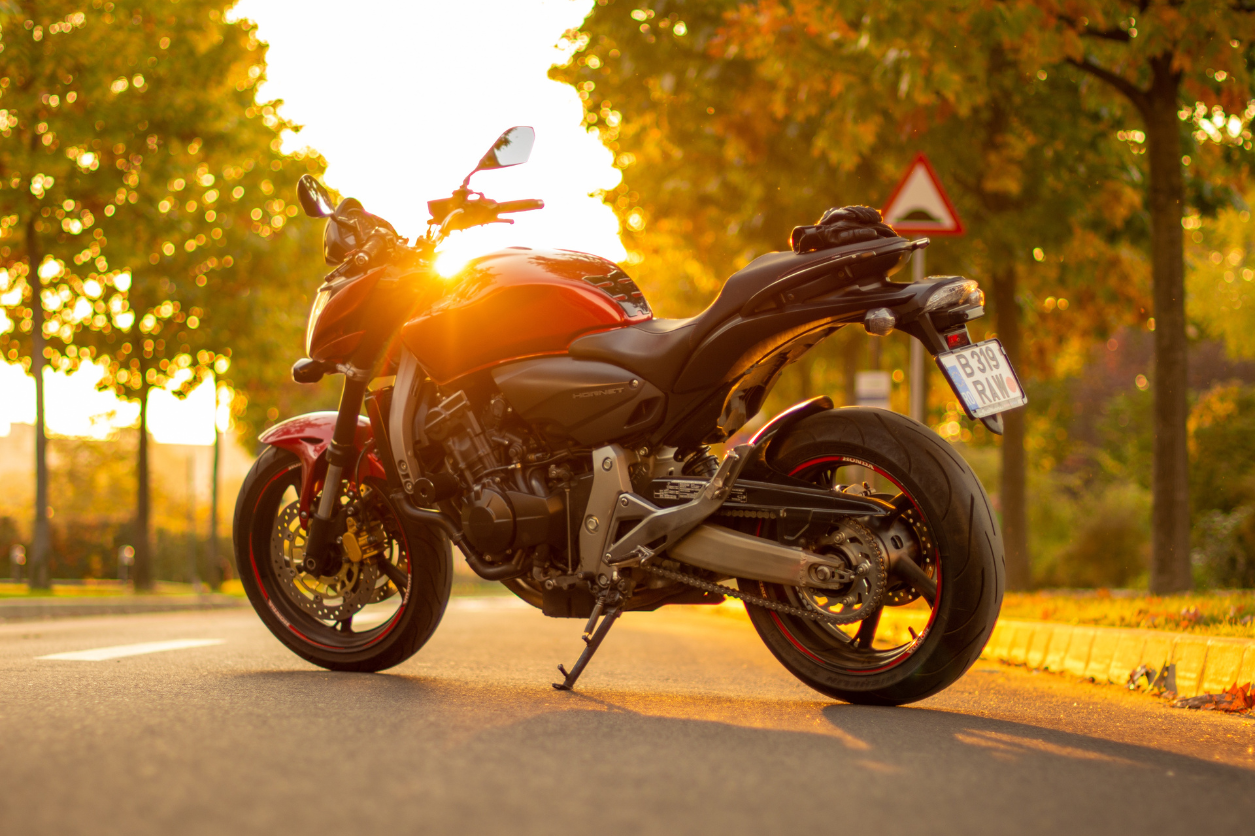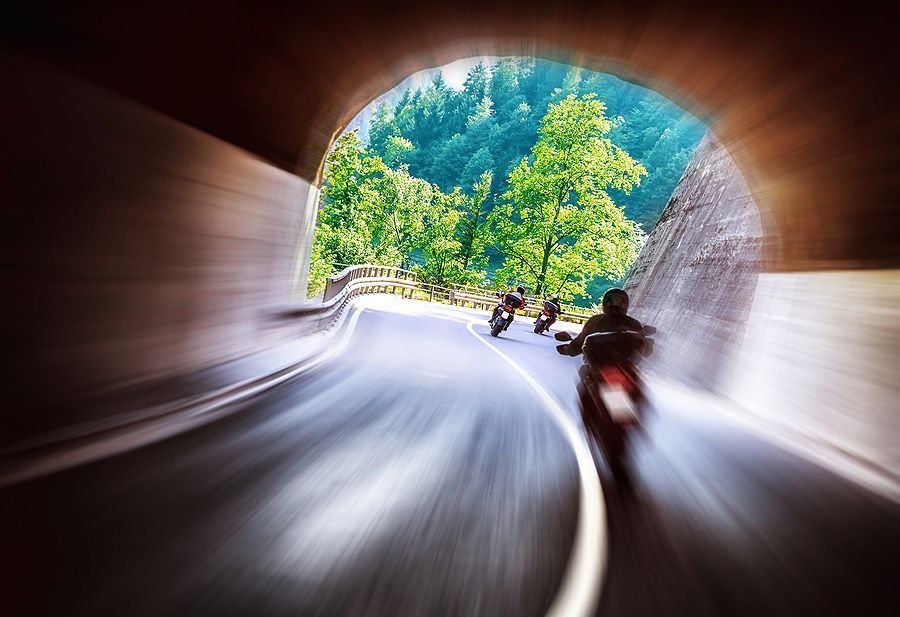The Most Ambitious Failed Motorcycle Model
Because motorcycles are typically simpler, lighter, cheaper and easier to manufacture than cars, you see a lot of ambitious and unique approaches to putting together two wheels, a pair of handlebars and an engine.
At one point, the future bikes that people riding out of a
motorcycle driving school would be piloting were going to use a revolutionary engine design that did not use pistons but instead a complex triangular rotary mechanism that could in theory provide more power in a lighter, simpler design.
The
Wankel rotary engine was seen as the future of motorcycle design right up until the moment Suzuki tried to release it to the general public in 1974.
Despite the near-decade of research and development that had gone into the new model, the
Suzuki RE5 launched with an unusually generous warranty that promised a full engine replacement within 12,000 miles or 12 months of ownership.
This was ultimately an omen for the problems the RE5 would have during its short life.
Whilst theoretically a lot simpler, something that would be taken advantage of in the
Mazda RX-7 sports car, trying to translate that compact power to a motorcycle became a very complicated exercise.
Wankel engines infamously run very hot, which meant that the RE-5 not only had huge ram-air scoops, it needed both oil and water cooling systems, as well as double-skinned exhaust pipes
to ensure that riders did not sear their legs whilst riding.
The carburettor was closer to that of a Mazda car than it was a conventional motorcycle, which meant it was heavier, more complex and less reliable, and contributed to the low power of the bike relative to its class.
Initial reviews were surprisingly positive, swayed by the novelty of the engine and the good handling of the bike relative to other Japanese bikes of the era.
Once the reliability issues became more apparent, the bike and rotary engine concept was seen as a disaster, and no other attempts have been made at a rotary bike since 1992.
